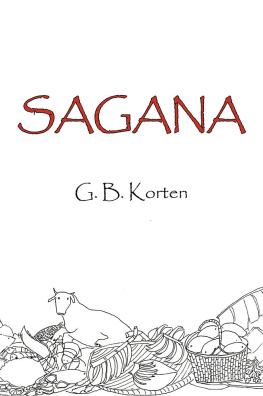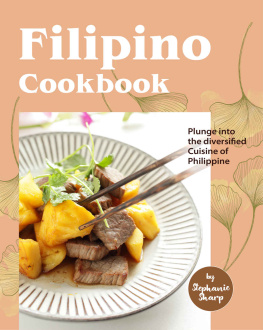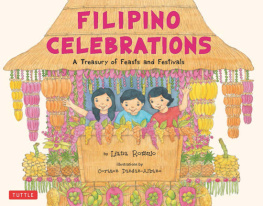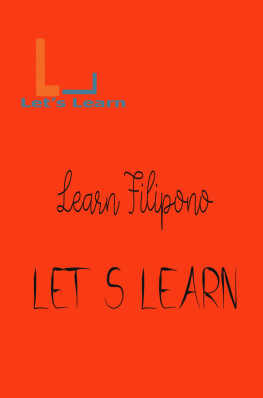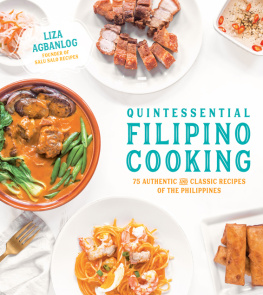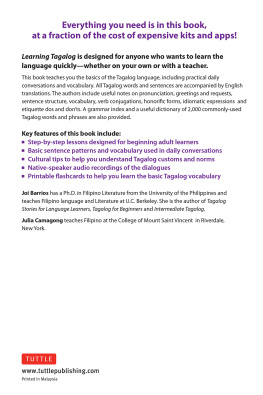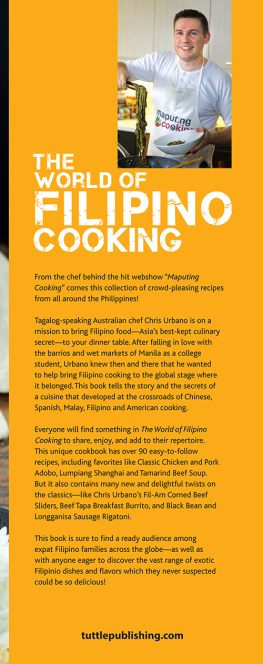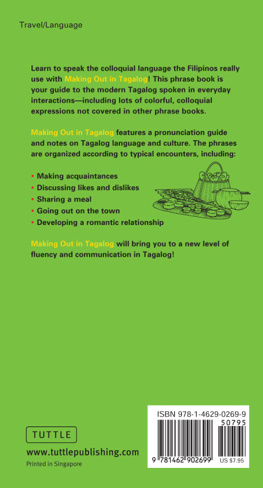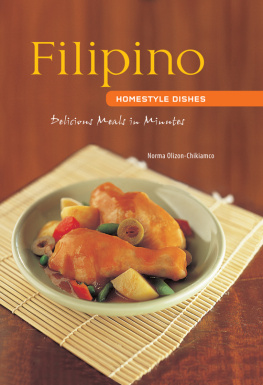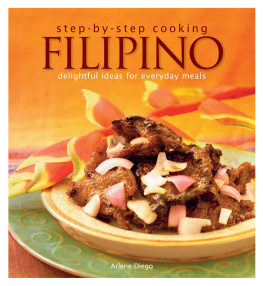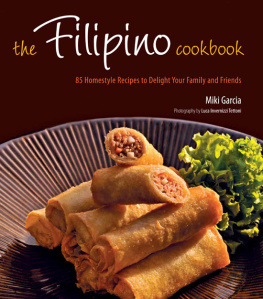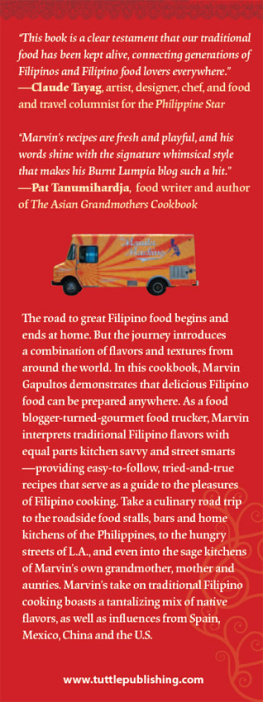Sagana
G. B. Korten
Copyright 2015 by G. B. Korten.
Library of Congress Control Number: 2015902664
ISBN: Hardcover 978-1-5035-4522-9
Softcover 978-1-5035-4523-6
eBook 978-1-5035-4524-3
All rights reserved. No part of this book may be reproduced or transmitted
in any form or by any means, electronic or mechanical, including photocopying, recording, or by any information storage and retrieval system,
without permission in writing from the copyright owner.
Any people depicted in stock imagery provided by Thinkstock are models,
and such images are being used for illustrative purposes only.
Certain stock imagery Thinkstock.
Rev. date: 06/08/2015
Xlibris
1-888-795-4274
www.Xlibris.com
706533
CONTENTS
SIDE TABLES
Also by G. B. Korten
The Golden Rain (1996) Giraffe Publications, Quezon City
SAGANA (2003, 2007) Milflores Publications, Quezon City
Illustrations by G. B. Korten
Lupalop, 2006 , Milflores Publications, Quezon City
The Parakeets and the Ginkgo Tree in Hyde Park, 2005 Florida
Illustrations by G. B. Korten
Amor Fati, 2013, Xlibris
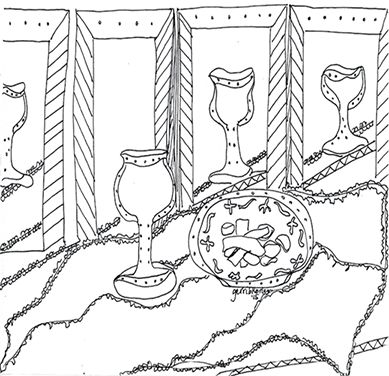
To my parents Floy (Samonte) and Santiago Barangan whose inimitable joie de vivre makes life sweet.
I wrote this book to celebrate the bounty of Filipino cooking and the joyful dining at their table.
Ill feast at your table
Ill sleep in your clover
Who cares what tomorrow may bring
( Folk song Today )
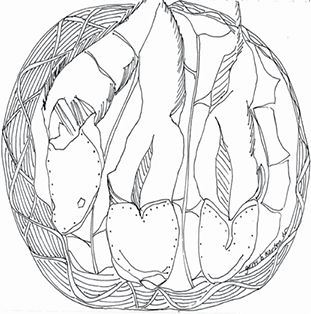
An Aperitif:
The Origin of Filipino Food
A legend tells us about the original Filipino.
Malakas was strong and fierce like a lion. His eyes pierced the night with clarity; he understood the secrets of the stars and the moon. His arms and legs were taut muscles that stretched and strained as he moved among bamboo groves and thickets of ancient trees where monkeys and orchids hung. He was agile with the kris and with the gigantic bow and arrow he used to kill game to nourish his people. He was gentle and kind to women and children; he laughed a lot. He told stories that mesmerized everyone.
Beside this glorious man was Maganda, the beautiful one. She walked out of a bamboo shafta Botticelli dreamlong-limbed, long-haired, bronze-skinned. Her lips were heart shaped; her eyes were sun-dazzled. She loved her man, Malakas. When she spoke in her soft lilting way, Malakas listened.
They were our proverbial Adam and Eve in paradisethe Philippinessurrounded by waters of deepest blue that melted into an embracing sky. Chains of mountains crested into a scalloped horizon; the dark and mystical forests abounded with magic and spirits.
History books have documented that the primitive people of the Philippinesthe Aetaswalked out of the exposed landshelves more than 250,000 years ago. They settled in the mountains to be closer to God, Bathala. Hundreds of tribes proliferated, in the seas and mountain ranges. The mountain tribe, Igorots carved perfect rice terraces with a sophisticated irrigation system on precipitous mountainsides. These rice terraces have become one of the wonders of the modern world. To this day, these rice terraces are the source of nourishment to the people of the mountains.
Other early Filipinos were the Malays of the Indonesian archipelago who rowed on sturdy boats and settled in the lowlands. They brought along with them, copperware and the alphabet. Traders from southern China plied the waters between these islands. They bartered with porcelain vases, luxurious silks and gunpowder. They taught the Filipino Malay how to make noodles, wonton soup, and egg rolls. In exchange, they took back with them exotic food: huge jackfruit that could feed a family for months; edible, sweet, purple, orange, yellow, green, brown tubers and vegetables; spices that emitted flavors and aroma that titillated, mystified and fascinated; fattened wild game that had scampered and grazed in the thick fertile forests of the mountains; birds and fowl with plumage they never imagined possible; hundreds of varieties of fish and shell fishall of Gods bounty. Like gold, they were sought, craved and grabbed.
The Moors occupied the southern islands and became the Filipino Muslims - Moros. It was in the south where the first conquistador met with the Filipino.
Pigafetta, in 1552, wrote of the voyages of Magellan. The nativesclad in gold, exchanged bars of gold and crates of spices for brass and leather. Gold covered the natives swords, belts and headwear; gold was everywhere and the natives were like children living with it. He spoke of the kings of some islands who spoke many languages. Pigafetta watched in awe as Spanish soldiers were dined and wined by the royalty of the islands, using porcelain and feasting on pigs, fish, rice, fruits and wine.
In 1899, Scull described the islands: There is not a brook that finds its way into the Pacific Ocean whose sands and gravel do not pan the color of gold I know no other part of the world, the Alaskan Treadwell mines excepted, where pay ore is found within a few hundred yards of the anchorage of sea-going vessels. In addition to gold, iron, copper, lead, sulphur and other minerals are found to exist in paying quantities
Imagine the richness and the bounty of these islands, and imagine how much the conquistadores wanted to own them. But it was not going to be easy. The leader of the more successful Filipino resistanceLapu Lapu (Kulapulapu, wrote Pigafetta)was a clone of Malakas. Dressed in loin cloth, he led his men to a small and seemingly futile triumph: he killed the leader of the conquistadoresFerdinand Magellan. Slew him like a helpless fish in the sea. Lapu Lapu, who had a way with his kris bellowed with joyous laughter as he saw his enemy flail in death.
Despite the small resistance, the Spaniards still were able to bully their way into the land and its people. That was in 1521. The Spanish occupation lasted for more than 350 years. To this day, 90% of the Filipinos are Roman Catholics and are named Garcia, Lopez, Castro, and Rivera, etc. Spanish viands like morcon, embutido, asado, paella, and estofado are part of the Filipino cuisine.
Fast-forward 350 years to the early 1900s when the Spaniards gave up the Philippines to the Americans. They, in turn, taught English to the already confused Filipinos, who were speaking a mlange of Spanish and native languages. Who ever heard of Tagspanglish? Modern day Filipinos speak that. They call it colloquial but it is, in fact, a mishmash of languagesMalay, Spanish and English. The Filipinos facility in languages is an adaptation to migrations and colonizations of many countries.
The Americans introduced Protestantism to the predominantly Catholic population with little success. They were able to make the Filipinos adopt their two-party political system before the Japanese booted them out during the Second World War. The Japanese stayed for a few years but didnt have the foresight to teach the Filipinos how to make sushi, alas! They were more interested in frightening the Filipinos and bullying them. As a result, the descendants of Malakas scampered, hid, and fortified themselves in the impenetrable forests of the mountains. Malakas genes manifested themselves in the Filipinos who were small in stature but nimble on their feet and resourceful as hell. So the resistance, a raggedy team of leftover American soldiers and Filipino guerrillas fought the Japanese through many skirmishes in the mountains in the northern island of Luzon.
Did I bore you with this story? Wait. You will quickly realize that knowing this history has something to do with Filipino cooking. Throughout this book, you will find that most of the cultures and cuisines of all the people who have occupied the Philippines have been subtly and permanently integrated within the country.
Next page
